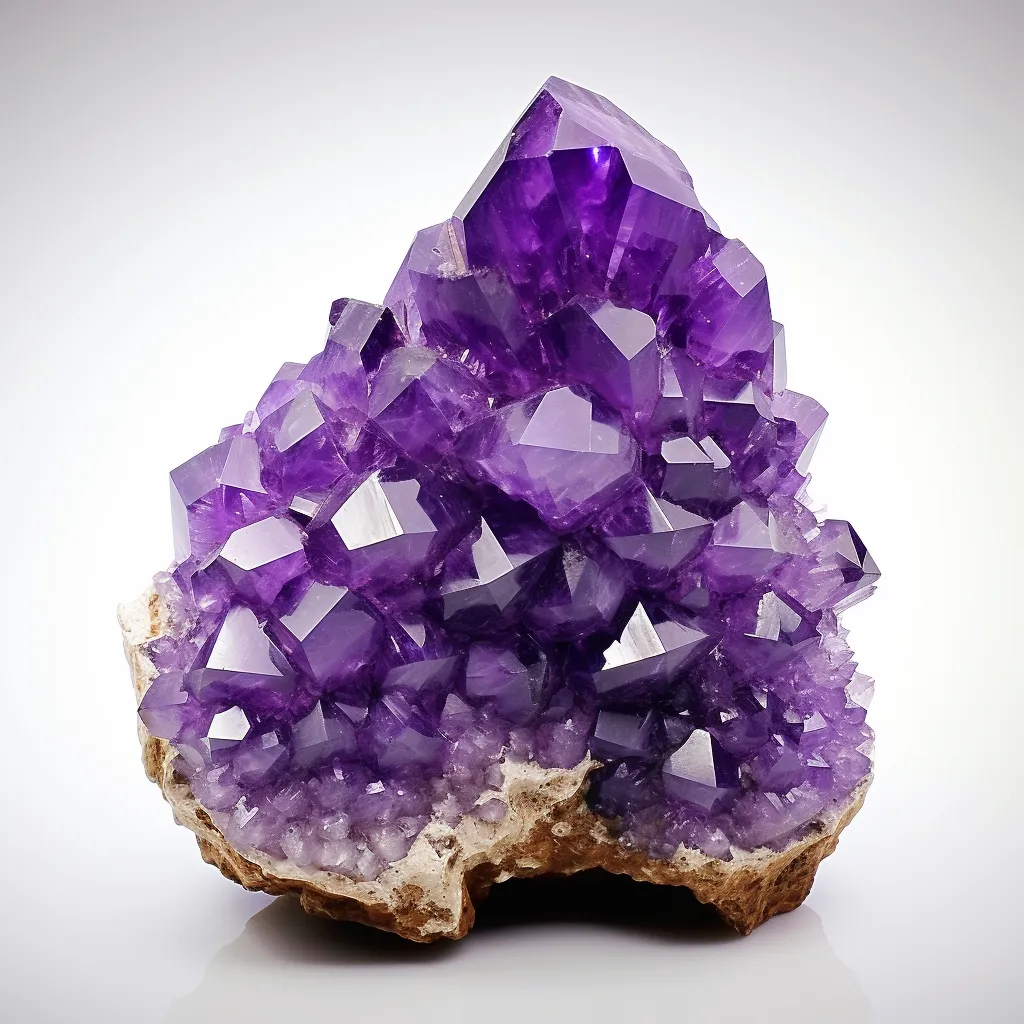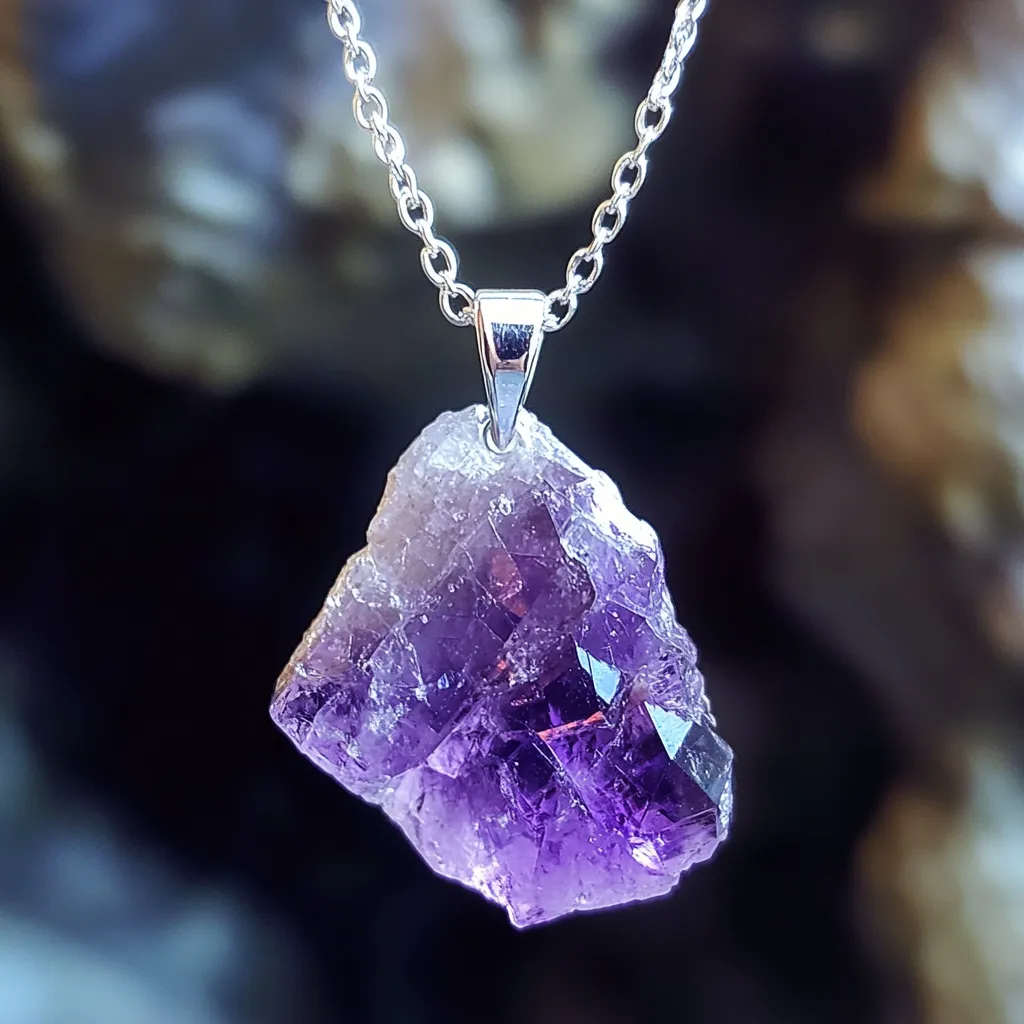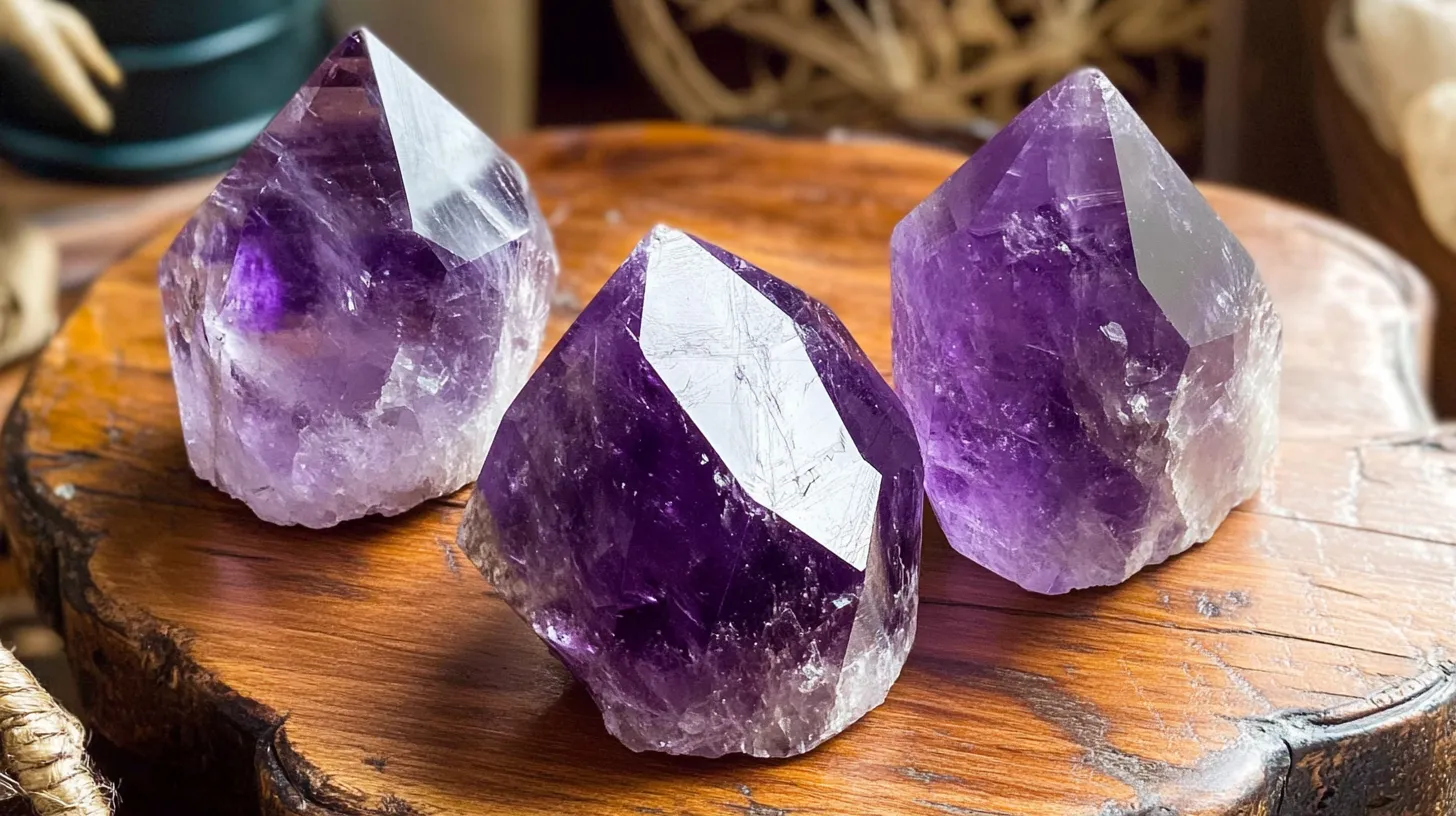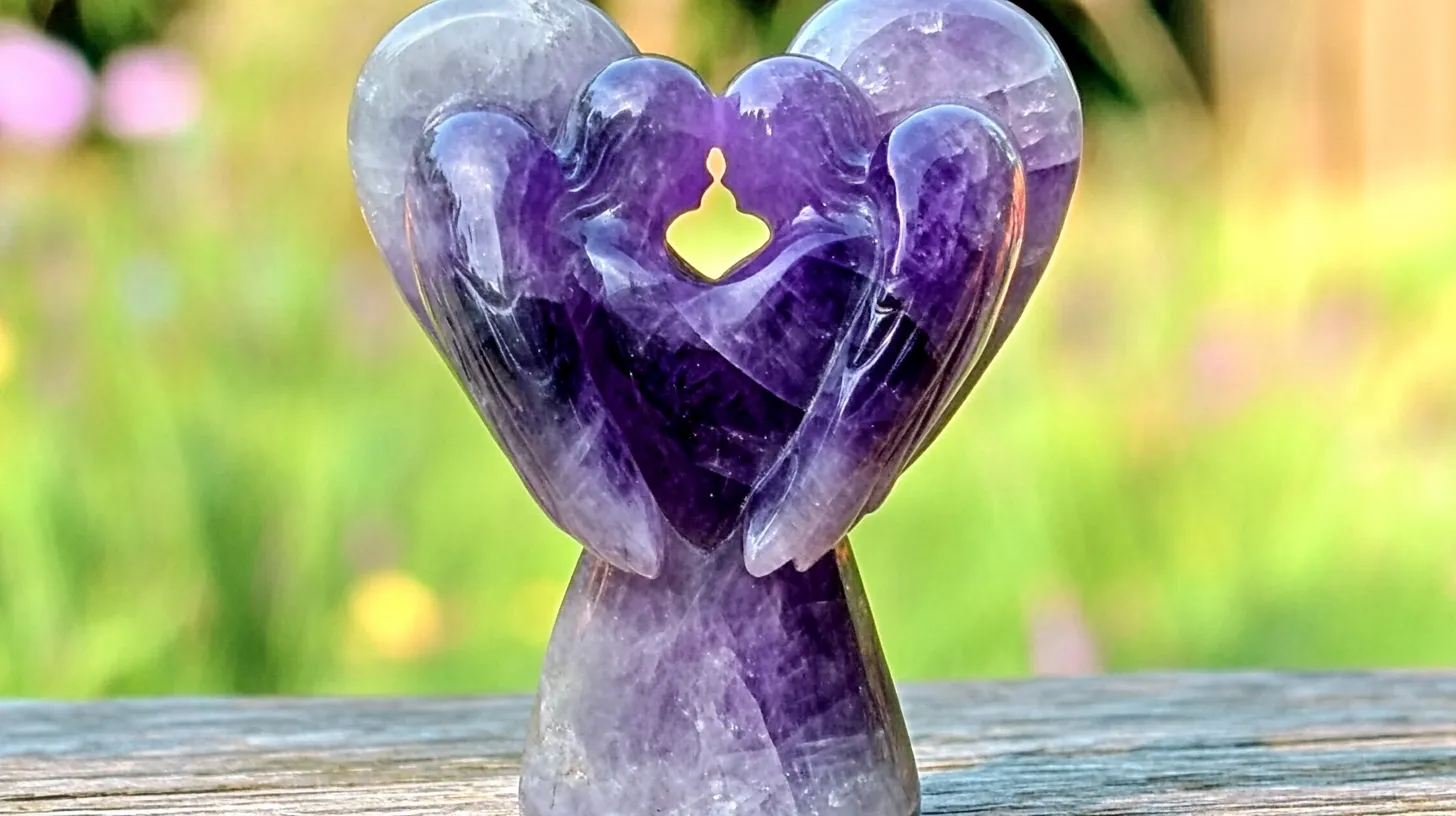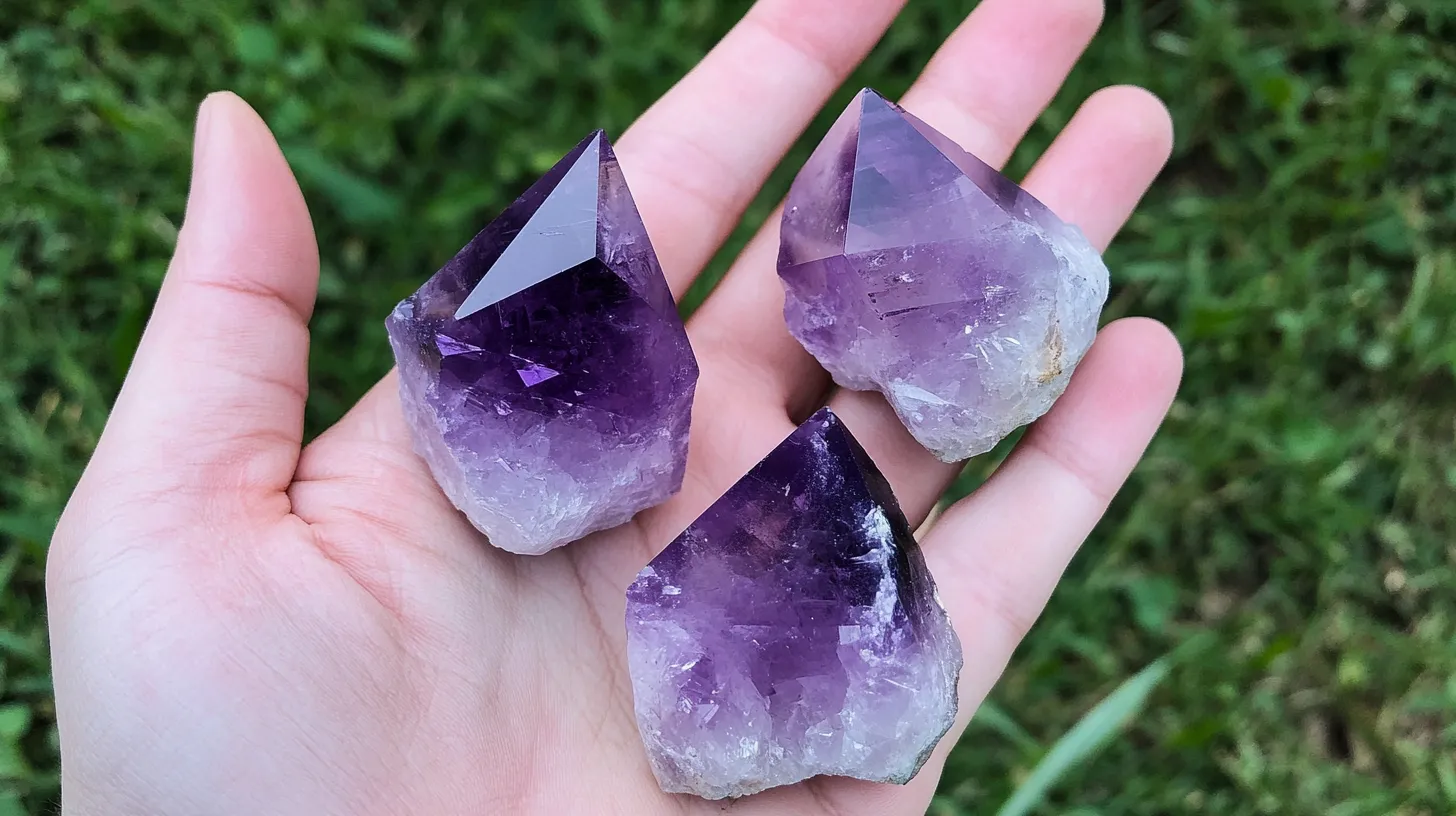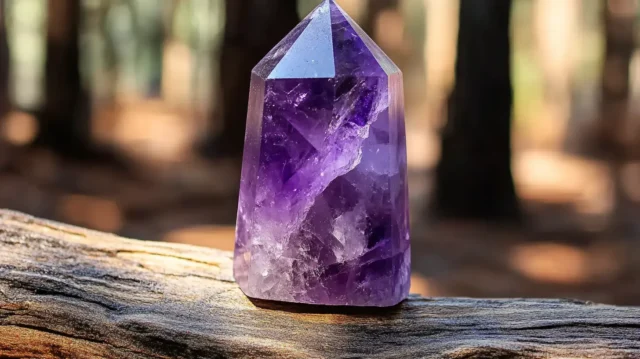

Amethyst’s Value: How Much?
Thanks to its rich purple hue and affordability relative to other valuable stones like diamonds or sapphires, amethyst is among the most well-known and generally adored gemstones. But just how valuable is amethyst really? The answer is not definitive as the price of amethyst is influenced by various factors such as colour, clarity, size, cut, and origin. Although some amethyst pieces are only a few bucks, excellent examples can be worth hundreds or even thousands of dollars. Let us dissect what you need to know about amethyst pricing.

What Decides the Value of Amethyst?
Amethyst is graded depending on particular qualities, much as all gemstones. The following factors most significantly influence its value:
| Factor | Affects Price |
|---|---|
| Colour | More valuable are deeper, richer purples. |
| Clarity | Fewer inclusions and more transparency boost value. |
| Cut | Well-cut stones demand better pricing and maximum brightness. |
| Carat Weight | Although larger stones may not always be of outstanding quality, they cost more per carat. |
| Origin | Some sites, like Uruguay or Siberia, generate more valuable amethyst. |
| Treatment | Natural, untreated stones have value above heat-treated ones. |
Knowing these elements will enable you to decide whether an amethyst piece is worth its price.

Colour’s Significance in Amethyst Pricing
The value of an amethyst mostly depends on its colour. Though it is not from Siberia, the most desirable colour is a deep, intense purple with red and blue flashes, also known as “Siberian Amethyst.” While amethyst with an uneven colour distribution (zoning) may also have a lower price, lighter or pale-colored amethyst is typically less valued.
Here’s a basic summary of how colour influences value:
| Grade | Description for Colour | Rough Price Per Carat |
|---|---|---|
| Strong Purple (Siberian) | Rich, vivid purple with red or blue flashes | 20–20–50+ |
| Medium Purple | Vivid purple, but rather smaller in weight | 10–10–20 |
| Lavender and Light Purple | Pale, softly faded purple | 2–2–10 |
| Zoned Amethyst | Uneven colour dispersion | 1–1–5 |
Choose one with strong, even purple tones if you are seeking an expensive amethyst.

Cut and Clarity: How They Affect Price
Unlike diamonds, which are sometimes assessed based on minor flaws, amethyst is usually regarded as having great clarity. The best-quality amethysts are eye-clean; that is to say, they lack obvious inclusions. An amethyst loses much of its value if it has several obvious defects or cloudiness.
Furthermore, critical for pricing is the cut. Well-cut amethysts maximise their brilliance and colour; badly cut stones may seem drab. Custom and sophisticated cuts—such as hearts, ovals, or cushions—usually cost more because they call for more ability to shape.

Size Counts: Does Larger Mean Pricier?
Amethyst stays rather reasonably priced, even in bigger proportions, unlike some gemstones that rise in price rapidly with size (like diamonds). Amethyst is plentiful; hence, it is not unusual to see big crystals. Still, huge, high-quality amethysts can command a premium price.
As in:
- A one-carat amethyst of excellent grade may run you 10to10to20.
- A 10-carat amethyst of the same grade might only be between 100and100and200, instead of ten times the 1-carat price.
Amethyst is also a wonderful option if you appreciate massive, bold gemstones since you may buy a bigger stone for a fair price.

Does the Origin of Amethyst Affect Its Value?
Definitely! Although amethyst is a stone found all over the world, some sites provide stones of higher grade than others.
- Siberian Amethyst: The rarest and most prized variety, stands out for its rich purple hue with red and blue flashes.
- Uruguayan Amethyst: Often in geodes, highly rich, dark purple.
- Brazilian Amethyst: Most prevalent, usually less expensive, and softer in hue.
- Zambian Amethyst: Deep purple with traces of red and premium stones.
Since amethyst from Brazil is mined in great quantities and is therefore more reasonably priced, the Uruguayan and Siberian variants demand more because of their rich colours and rarity.

Treated vs. Untreated Amethyst: What Sets Them Apart?
While the majority of amethyst on the market is natural, certain stones undergo treatment to enhance their colour. Heat treatment, the most commonly used method, involves heating lower-quality amethyst to either deepen or enhance its colour. Although such treatment lessens the value, untreated, naturally brilliant amethysts are more sought after and valuable.
Sometimes amethyst is even heat-treated to produce citrine by turning yellow! Often, the cheap citrine available on the market is just heat-treated amethyst, not particularly unique.

Which Costs More: Amethyst Jewellery or Loose Stones?
Buying amethyst will make you discover a price difference between set jewellery and loose stones. That is so because jewellery prices incorporate brand reputations, metal costs, and workmanship.
As for:
- A 1-carat loose amethyst may run from 10to10to20.
- Depending on the setting, a 1-carat amethyst ring set in sterling silver could run 50to50to150.
- Given the value of gold, a 1-carat amethyst ring in gold might go from 200to200to500+.
Sometimes, especially if you want a distinctive design, buying loose stones and having them customised can be less expensive than buying premade jewellery.

Is Amethyst a Good Investment?
Amethyst is a plentiful gemstone, unlike diamonds, which are tightly regulated in supply to sustain high pricing. This disadvantage makes it not a high-value investment stone, but if you’re searching for a lovely, reasonably priced gem with powerful metaphysical qualities, it can still be a great choice.
Still, collectors do hunt for rare, premium amethyst, especially from old mines (such as Russian or Uruguayan specimens). If you are making an investment in amethyst, concentrate on:
- Rare colours: deep Siberian purple with red flares.
- Big, clear specimens with outstanding clarity.
- Special forms such as amethyst geodes or cathedral geodes.

Finally, Just How Valuable Is Amethyst?
Although numerous elements determine the price of amethyst, generally it is among the most reasonably priced and easily accessible gemstones available. You can purchase commercial-grade amethyst for a few bucks, but premium stones from sought-after sites might demand much more.
Amethyst is a wonderful option if you want a reasonably priced yet gorgeous gemstone. There is an amethyst choice for every budget, whether your home décor calls for a basic amethyst pendant or a gigantic geode.

